
|
The "sky noise" in the Olympus C-5050Z |

| My other pages related to the Olympus C-5050Z, C-5060WZ, and X-7070WZ |
|
Boring... The story repeats itself over and over almost every time a new digital camera is introduced. Discussion groups on the Internet are full of complaints about noise, seen by early users in their images, especially in large, plain sky areas. Just recently I could see a number of such voices regarding three very good compact camera models: the Nikon 5000, Canon G3, and Olympus C-5050Z. This is becoming boring. Many of these voices belong to people who never have seen a magnified image fragment from a good 35-mm 100 ISO negative or slide; I don't know what would be their reaction to these. In this page I'm showing sample image fragments from the C-5050Z, compared to the Olympus E-20 and two other cameras I could put my hands on: Canon G3 and Nikon 5000. Samples from two films: Ektachrome VR (slide) and Kodak Gold (negative), both of ISO 100 speed, are also included. Before looking at the samples, get a general introduction to the problem from my noise article. The samples All presented samples have been obtained under the following conditions:
Note that our samples correspond to squares of about 17 mm (0.66 in) size when a full frame from one of the five-megapixel cameras (C-5050Z, E-20, 5000) is enlarged to 8x10"; for four megapixels (G3) this would be 19 mm, and for film (as scanned to the Kodak Photo CD) - 16 mm. | ||||
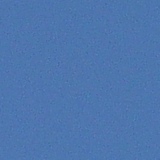
|
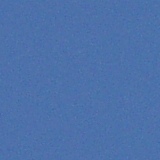
|
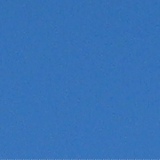
|
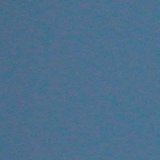
| |
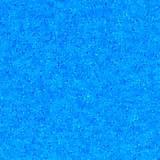
|
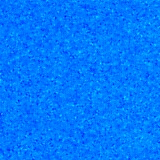
|
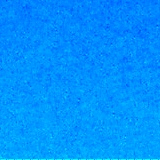
|
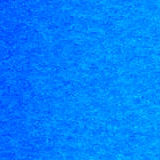
| |
| Olympus C-5050Z | Olympus E-20 | Canon G3 | Nikon 5000 | |
|
To make noise more visible, I am also showing stretched samples, in which the brightness range of 32 (on the 0-255 scale common to image processing programs) has been stretched to the whole 0-255 interval; the range starts just below where non-zero histogram bins begin. Simply speaking, stretched samples exaggerate the noise by a factor of eight. These samples are shown immediately below the originals. This is just a quick visual comparison, not a quantitative analysis. You can draw your own conclusions here. Clearly, however, even the largest noise shown here (that of the E-20) is comparable to the grain pattern of a 100 ISO negative film, scanned in a Kodak lab. Usually I don't find this objectionable. When postprocessing images, however, you may want to exclude the sky areas from any additional sharpening, and be careful with sky contrast enhancement. Some people use a noise-reduction filter in postprocessing. The last decision is a matter of taste. |

|

| ||
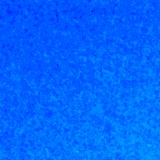
|
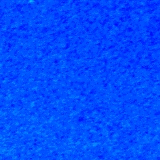
| |||
| Ektachrome VR (100 ISO) | Kodak Gold (100 ISO) | |||
|
Conclusion Although some other models may exhibit slightly less noise at the usual ISO 64 and 100 settings, the levels on the C-5050Z are fit for any, even serious, work. You may further reduce them by setting the in-camera sharpness and contrast to -2 or -3 (which is my recommended setting anyway, for other reasons). The Popular Photography test report on the C-5050Z (April, 2003 issue) rates the cameras noise at ISO 64 and 100 as "low". (Some models get a "very low", the best rating). This coincides with my cursory comparison. Actually, once the noise reaches that level, I don't care much about any further improvement — there are other factors limiting the image quality. I consider the matter closed, and please don't send me emails asking what I think about it (anthough emails on any other subject are, as always, welcome). |

| My other pages related to the Olympus C-5050Z, C-5060WZ, and X-7070WZ |
| Home: wrotniak.net | Search this site | Change font size |
| Posted 2002/12/08; last updated 2004/11/15 | Copyright © 2002-2004 by J. Andrzej Wrotniak |